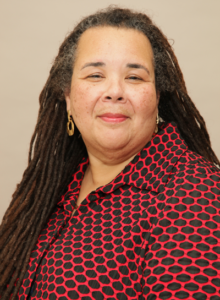critically reflective teaching
Select an item by clicking its checkbox
[O]ne thing above all—to step to one side, to leave … spare moments, to grow silent, to become slow—the leisurely art of the goldsmith applied to language: an art which must carry out slow, fine work, …. [This] is now more desirable than ever before; for this … is the ...
Imagine this scenario: “YOU TOOK MY JESUS!” said the first-semester student who is feeling displaced, disoriented, disappointed and enraged while being overwhelmed, even defeated, by the unexpected convergence of seminary courses’ too dense readings along with the absence of personal faith discourse in a progressive theological school. “You must not ...
Last time we talked about the body in the classroom. Our body, my body, the bodies of my students, are all shaped by institutional bodies that carry values, marks, love, deceptions, commitments and history. Just as our bodies carry constructions of race, gender, sexuality and so on, so too do ...
Regardless of how many times pedagogical guru Parker Palmer is asked, he refuses to comply. Dr. Palmer, in his writings, speeches, and workshops, resists reducing the mystical adventure of critically reflective teaching to “tips, tricks, and techniques.” While I agree wholeheartedly, I also know that what interests, challenges, or touches ...
Michael Callahan, brilliant Drew Theological School student, said in his response to a previous blog post, “Silence grants its own power to the one who wields it.” I love this idea! We are crisply aware of the power of word(s), of the power of discussion, of the power of ...


